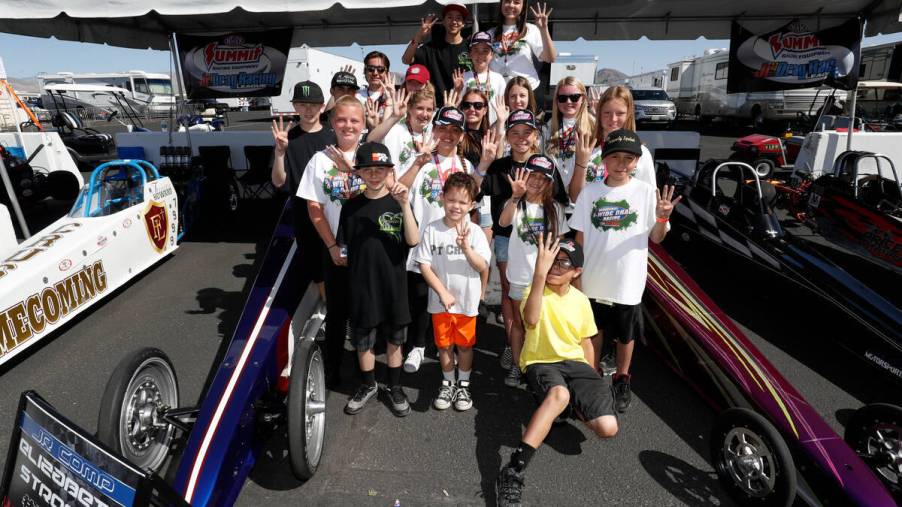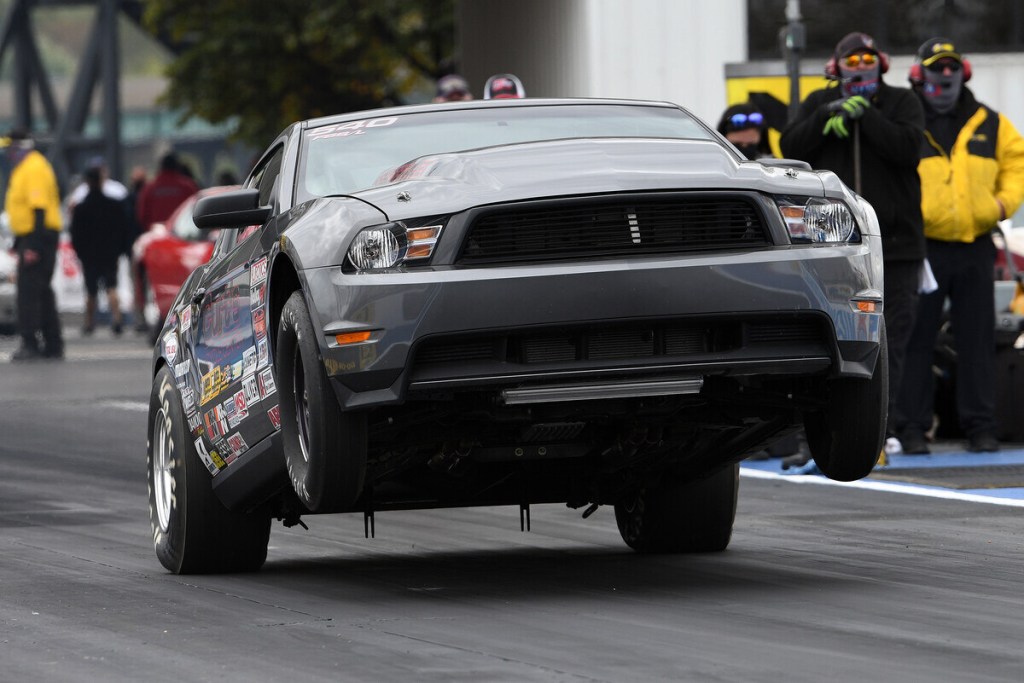
Oregon Drag Strip Accused of Poisoning Children From Lead in Race Fuel
Portland International Raceway is accused of affecting children’s health because of lead emissions from racing fuel. Residents adjacent to the track say low test scores of children living downwind of the track prove that lead emissions are affecting their cognitive development. And now other drag strips nationwide are the focus of investigations over their use of leaded racing fuel.
According to an investigation by the Guardian, the cause for cumulative lead exposure in nearby children is racing at PIR. Lead was phased out of gasoline decades ago and was ultimately banned by the Environmental Protection Agency in 1996. But it is still in the fuel of drag racers as there is an “off-road” exemption. Some racing organizations, like NASCAR, no longer use leaded fuel.
Who conducted the racing fuel research?

The Guardian’s research found third graders living within two miles of PIR showed a 6% drop in standardized test scores. “That is pretty startling,” Vivek Shandas, a professor of urban studies at Portland State University, told the Guardian. “It is one of the more serious concerns that would affect the environmental health of Portlanders.”
Researchers from Indiana University and Cornell University developed the methodology for research. The City of Portland owns the property that PIR sits on. “It’s a city park run by the City of Portland, that has all these initiatives to ban diesel and lower emissions while also saying we’re fine with using leaded gas in one of our parks and exposing our citizens to it,” said Ryan Pittel, a board member of the Kenton Neighborhood Association. The city responded, “Portland Parks & Recreation’s highest priority is public safety by following the guidance of public health and environmental protection agencies.”
Is leaded fuel only used for drag racing?

Lead in racing fuel isn’t just at drag strips. It is at legendary tracks like Sebring in Florida and Laguna Seca in California. According to several track records, thousands of gallons of racing fuel are sold at these tracks every year.
Oregon’s Department of Environmental Quality says that “levels of lead emissions modeled did not pose immediate health risks to residential areas around the track.” It determined this from a 2017 study of lead emissions from the track. But many say that even low levels of exposure are a serious concern.
Why don’t they just stop using leaded fuels?

The obvious solution is to stop using leaded fuel at the track. Residents have been asking the city to enforce that for seven years. Many residents attend city council meetings to convey their concerns. This led to the city stopping sales of lead racing fuel at the track, but its use is still OK. Some look at this as a way for the city to not have to report how many gallons it sells, and doesn’t fix the problem.
The main issue is that if the investigation targets all of racing, it could affect many race tracks across the country. Rather than put all of the racing in jeopardy, should it reformulate the fuel and racers change their tunes? What do you think?



